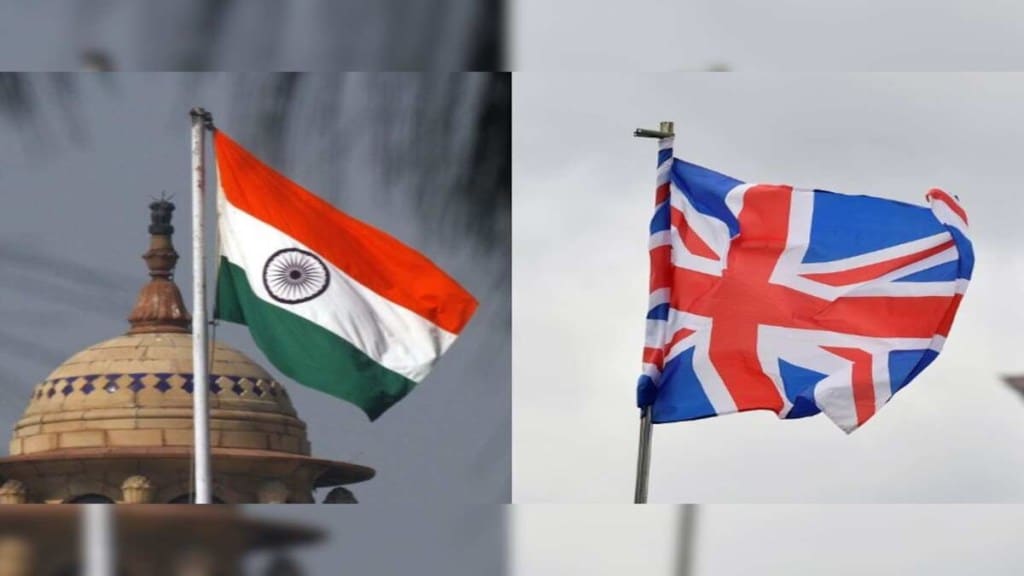After an election-related gap of eight months, the resumption of negotiations between India and the UK to finalise a trade agreement should be welcomed. Prior to the opening of the 15th round of negotiations — which have been taking place since January 2022 — Jonathan Reynolds, UK’s secretary of state for business and trade, has had talks with India’s Union commerce and industry minister, Piyush Goyal. There is no doubt a sense of urgency to resume trade talks — not just with the UK but also the European Union (EU) — due to US President Donald Trump’s disruption to global trade with his weaponisation of tariffs. European Commission President Ursula von der Leyen along with the EU College of Commissioners is visiting India on February 27-28 and the 10th round of free trade agreement (FTA) talks are set to take place on March 10-14 in Brussels. Both India and the UK want an agreement that is balanced and comprehensive and mutually beneficial. India has already lowered import duties on cars, high-end motorcycles, and bourbon, and proposes to allow 100% foreign direct investment (FDI) in insurance, all of which have a bearing on the resumed talks.
However, concluding such an ambitious deal is not easy, as it entails a complicated process of give and take for greater access to each other’s markets to expand bilateral trade worth £41 billion in the four quarters to the end of Q3 2024. India has a trade surplus of £6 billion. There are 26 chapters in the FTA, which include goods, services, investments, and intellectual property rights. An investment treaty is also being negotiated. “India has much more flexibility to cut tariffs on UK,” indicated Goyal. The unresolved issues include rules of origin, duty concessions on electric vehicles, Scotch whisky, social security agreement, liberalisation of financial services, and carbon border tax which also features in India’s FTA with the EU. A critical area of interest for India is free visa movement for its professionals due to concerns over the UK’s moves to curb legal migration by raising the minimum salary thresholds or charging large fees for skilled worker visas. The UK, for its part, is frustrated with the lack of movement towards the opening up of the Indian market for professional services in law and accountancy.
For such reasons, inking an India-UK FTA deal — or for that matter with the EU — is indeed challenging. Providing more ballast to the economic component of the India-UK relationship is imperative considering the long historical association. In this regard, setting unrealistic deadlines to ink FTA deals is far from efficacious. Goyal indicated “it is never too early and never too late to conclude an agreement. So, we will have speed but not haste”. The UK, for its part, will not sacrifice quality for speed. A big advantage in concluding this deal is that it will serve as a template for India inking equally ambitious FTAs with the EU and other developed nations. While the good news is the resumption of negotiations, both partners can still follow the road map 2030 on trade and considerably step up investments in each other’s economies. In 2023, the stock of the UK’s FDI in India was £17.4 billion while India’s FDI in the UK was £13.1 billion. If investments gather momentum, this is bound to result in greater bilateral trade flows and create win-win outcomes for both nations.

